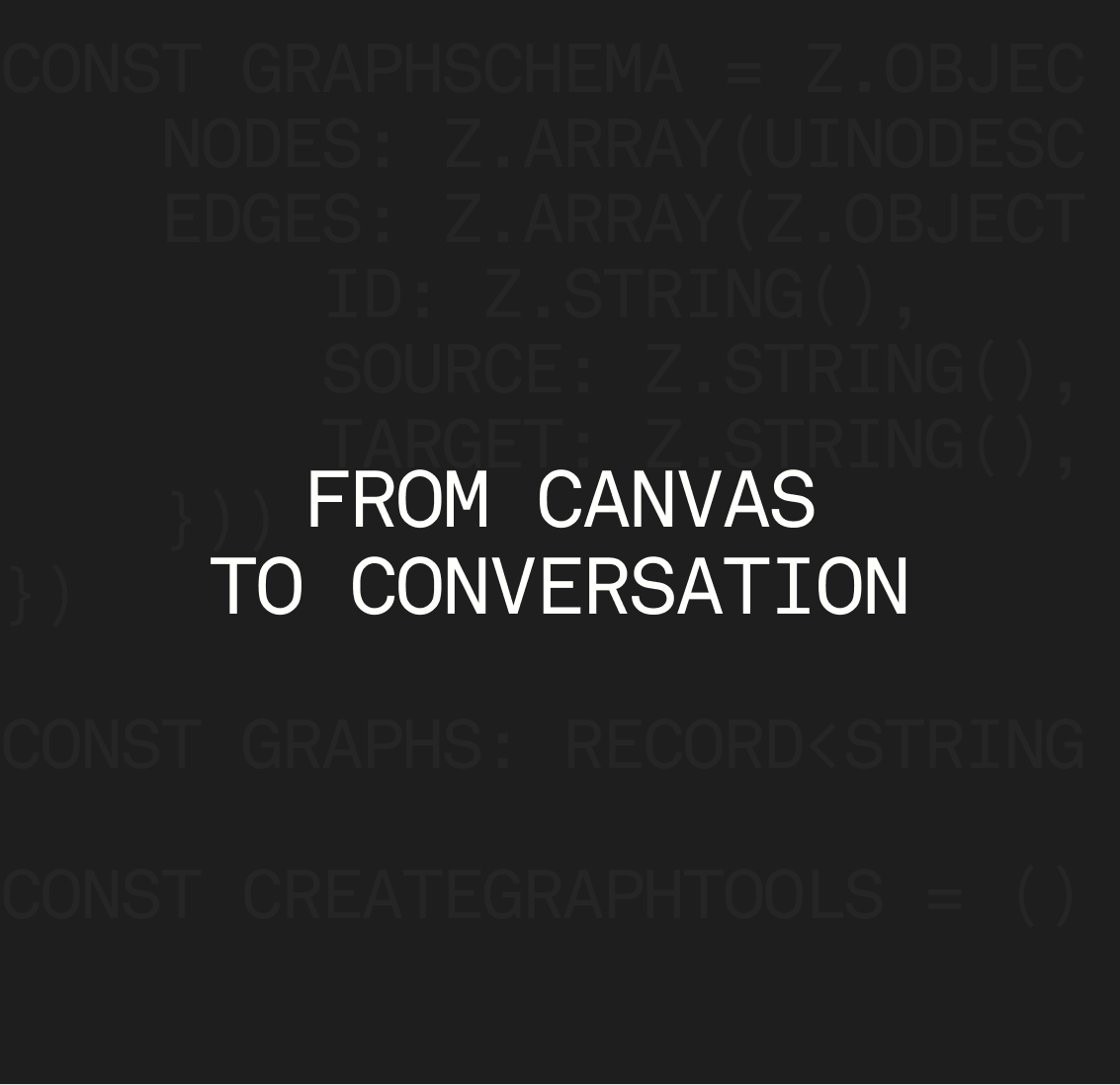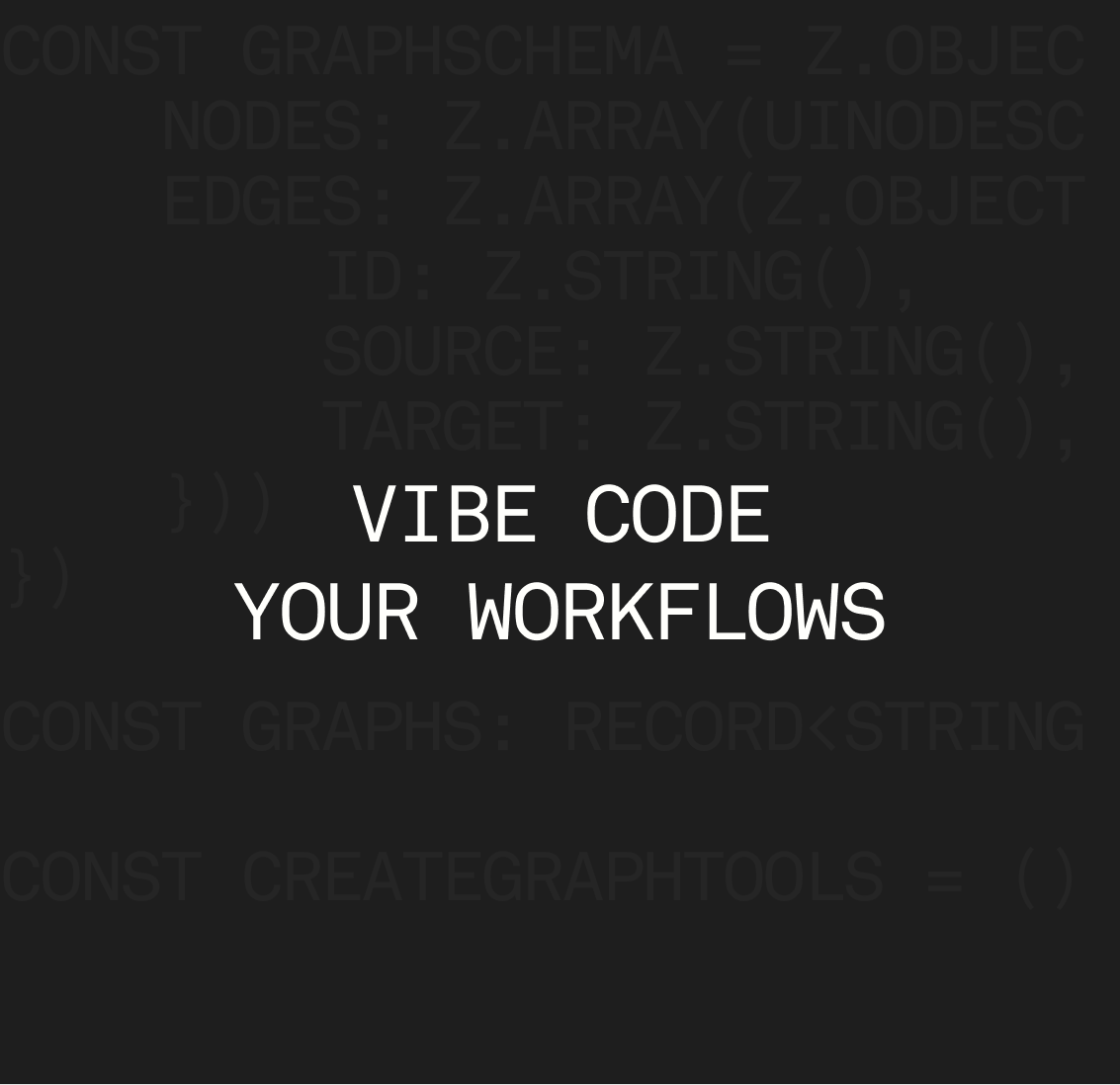Everyone’s talking about AI, but many people don’t know how best to implement it into their work, study, or daily lives. AI workflow automation is how you go from “that’s cool” to “that saves me 10 hours a week”, but no one is telling you how you can actually benefit from it in practical and easy-to-implement ways. That's why we're here to explain how you can truly leverage AI automations in your work.
This post breaks down what AI workflow automation really means, what’s possible today, and how to think about integrating it into your everyday work (realistically) — whether you’re an engineer, PM, marketer, operator, or founder. We're breaking down the basics so you can look at how you work, and how AI could start to own sections of your workflow.
The problem with the “AI” buzzword.
Most AI usage today falls into these buckets:
- Ad hoc queries (e.g. “summarize this doc”)
- One-off generation (e.g. “draft a tweet”)
- Disconnected tools (e.g. AI assistants that don’t talk to your stack)
That’s useful, but it’s not transformative. Why?
- These actions don’t live inside your team’s actual process.
- There’s no memory, no trigger, no follow-through.
- It’s still manual orchestration, just with fancier tools.
If you're copying and pasting from ChatGPT into Slack, and then into Jira, you’re still doing the orchestration yourself.
Sam Altman, CEO of OpenAI, confirmed that around 2.5 billion prompts are sent through ChatGPT every single day. We're actively using ChatGPT, Claude, and other AI tools every day. We know how useful these tools are for advancing our productivity, we just need a way of automating and connecting our tools on a wider scale, without running into technical barriers.
That’s the gap that AI workflow automation and "chat-to-workflow" fills. We know we can increase productivity this way, but few people still know how to really make automations work exactly for their use cases.
What is AI workflow automation?
AI workflow automation involves using AI to understand, trigger, and execute sequences of tasks, based on natural language input, context, or system events.
Here are some key characteristics:
- Conversational interfaces (input via chat or voice)
- Context-aware automation (uses team data, history, intent)
- Cross-tool execution (Jira, Slack, Notion, GitHub, etc.)
- Dynamic decision-making (not just IF/THEN logic, but real reasoning)
You can describe it as the difference between:
“Tell ChatGPT to write a doc” vs “Mention in chat that we need a handoff doc and have it appear, structured, tagged, and ready for review in Notion.”
AI workflow automation executes the manually operative tasks you need without you having to trigger or enact this workflow. At CodeWords, we believe this is where AI automation is heading, that's why we’re helping you get there.
The primitives of AI: a new mental model.
AI is enabling us to reframe how we think about work. Some of the fundamental “building blocks” of AI automations include the following:
- Detection – Recognizing intent in natural conversation (“we should do X” → trigger)
- Extraction – Pulling structured data from unstructured content
- Synthesis – Drafting, summarizing, and translating across formats
- Orchestration – Sequencing actions and handing off between systems
- Autonomy – Letting agents take initiative (e.g., checking status, nudging others)
Instead of asking AI to write or summarize parts of your work, it’s about asking: “Can AI own this part of the workflow?”
Real examples across functions.
Engineering
- Detects flaky test chatter → auto-creates a tracking ticket
- Monitors deployment logs for patterns → flags issues in Slack
Growth/Marketing
- Sends Slack messages containing “customer love” straight into your Notion doc by just reacting to them with a chosen emoji 🫶
- Summarizes customer feedback → files themes into roadmap doc
Ops/Product
- Collates customer feedback from call transcriptions → generates next steps
- Sees “let’s prep onboarding for Client X” → spins up workspace, drafts intro email
What makes AI workflows actually work.
AI automation doesn’t work in isolation, it works when:
- The system has context (org memory, task history, roles)
- There's a feedback loop (confirm, customize, rerun)
- It can take action across systems
- There’s trust — humans feel in control, not bypassed
This is where chat-to-workflow shines:
- It’s native to how we work already (chat)
- It collapses understanding and execution into a single surface
- It feels conversational, not robotic
How to spot automation opportunities.
As a general rule of thumb, if you’re doing something more than once, you can probably automate it.
There are also some common workflow patterns that can be made into automations.
Look for things that are:
- Repetitive but require light judgment (e.g. drafting updates, summarizing threads)
- Cross-tool and annoying (e.g. pulling info from one place to update another)
- Triggered by words or phrases in chat (“let’s circle back,” “we should file this,” “needs review”)
A new interface for work.
At CodeWords, we’re building for the next era of automation. We believe there are better ways to make teams productive, whilst preventing information siloes and broken processes. We also believe that these platforms should offer democratic solutions: intelligent automation should be available to everyone.
AI workflow automation isn’t just a nice-to-have, it’s how we’ll keep up.





